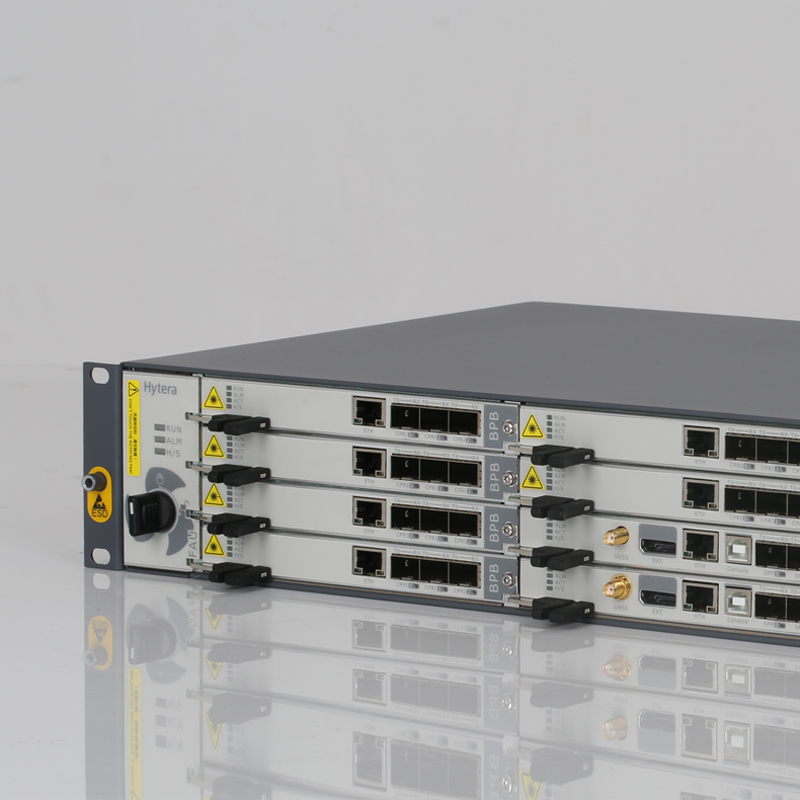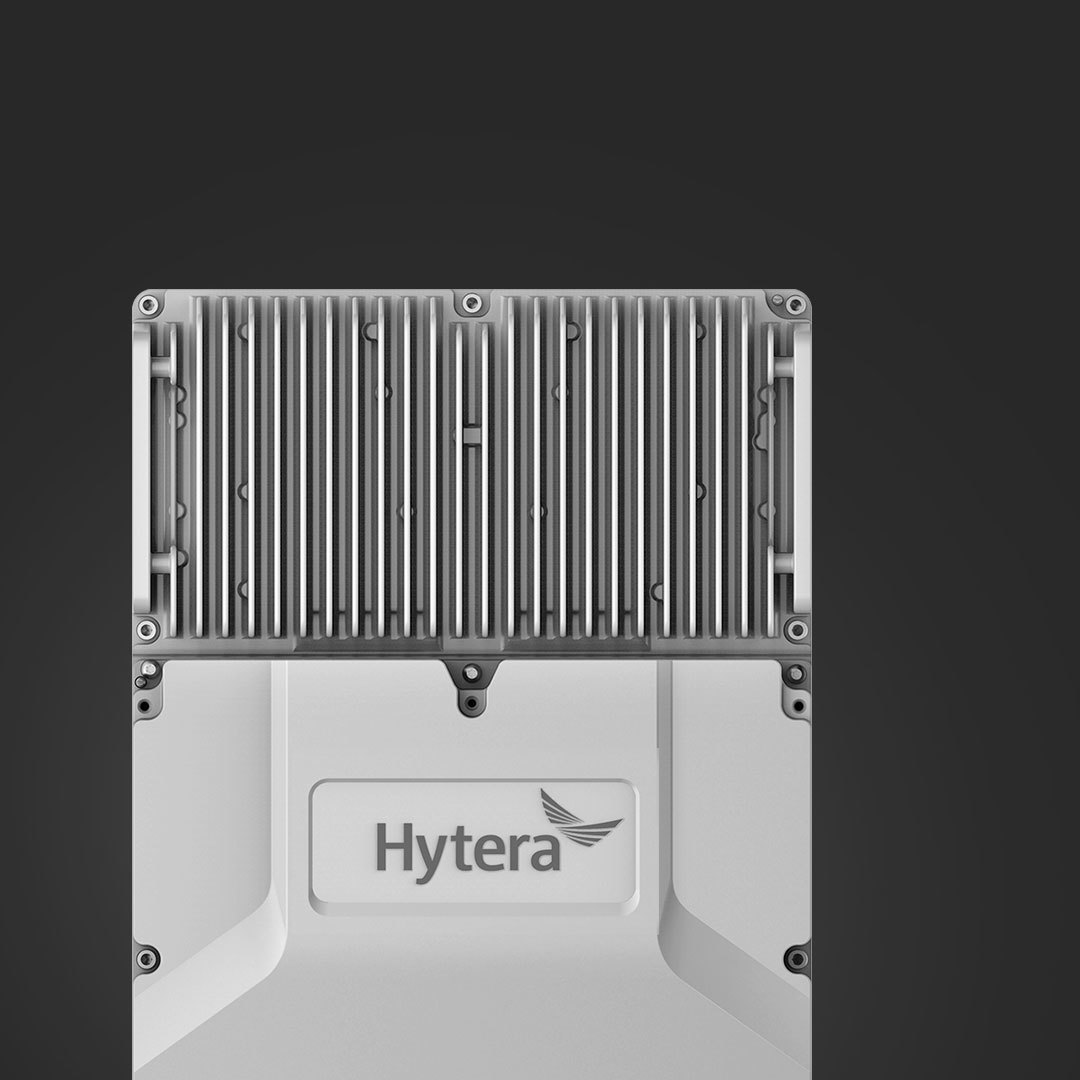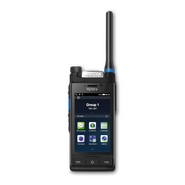LTE eNode B
Hytera LTE eNodeB is the access unit in the trunking communication network, it is composed of two basic function modules: base band unit (BBU) and radio remote unit (RRU). The eNodeB provides wireless access to user equipment over stable coverage, enabling user access to voice, data and video services. In addition, Hytera's eNodeB is optimized for various operating requirements such as high-speed uplink, video surveillance and rail transportation.
BBU
BBU processes uplink and downlink baseband signals, provides various easy-to-use maintenance and monitoring functions,and enables users to access services in various scenarios.

RRU
RRU processes IF and RF signals, provides high-rate and low-latency data processing with advanced RF and antenna technologies, and greatly increases the system capability.

Benefits of LTE eNodeB
- Wireless link maintenance function to maintain a continuous link to the terminal.
- Support single base station working mode for mission critical communication
- High throughput, max. downlink/uplink is 150Mbps/75Mbps
- Supports 3M / 5M / 10M / 15M /20M bandwidth.
- High capacity, max. 18 RRU/cells for large scale network.
- MIMO technology ensure high throughput.
- Multi-cascading make high flexibility possibile.
Versatile LTE eNodeB functions
Scenario-based Solution
Supporting 3GPP Mission Critical Service (MCS) protocol, eNB provides rich trunking services such as private call, group call, video call etc to enable users to implement visualized dispatch, video conference, file distribution etc. A variety of optimized solutions are proposed for application scenarios in different business areas. For example, for the rail transit industry, eNB can be used to provide users with file transfer and smooth video services in high speed scenarios.
Multi-standard Convergence
eNB supports multiple standards including Digital Mobile Radio (DMR), Terrestrial Trunked Radio(TETRA), and LTE to achieve a smooth transition from narrowband to broadband system, ensuring backward compatibility.
Hybrid automatic repeat request (HARQ)
The hybrid automatic repeat request (HARQ) mechanism uses the physical layer to perform fast retransmission to ensure data reliability and reduce transmission delay.
- The downlink HARQ supports adaptive retransmission that adaptively selects different RVs to improve the efficiency of retransmission.
- The uplink HARQ supports non-adaptive retransmission and adaptive retransmission, and the eNB adaptively selects the retransmission mode.
MIMO Mode Switch
The eNB selects an appropriate transmission mode and transmission scheme for the UE based on the channel state of the UE. The eNB detects the channel state of the active UE and determines the channel state based on certain algorithms and policies. If the channel conditions are poor, the eNB selects a transmission mode and transmission scheme with good stability; otherwise, the eNB selects a transmission mode and transmission scheme with high rates.



